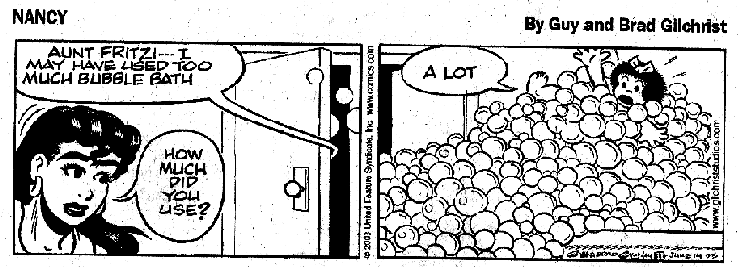
We trickled in some additional soapy water at the top of the experiment, and watch this water flow through the soap film by looking at an individual channel (where three bubbles meet) within the soap film with a confocal microscope. In fact, we put particles in the added water, so we can see them moving through the channel. From this we can extract velocity profiles within the channel, thus teaching us how water flows through the foam. The blue spot in the picture at left shows light from the confocal microscope laser.
|
The key question is, do the soap bubble walls act like rigid walls,
or like slippery walls? If they're rigid, then the water flows
more slowly through the channels, and the flow will be fastest at
the center of the channel, and nearly zero at the bubbles. If
they're slippery, then the flow will be the same across the channel,
and thus still quite rapid near the channel walls (the bubble surfaces).
The picture to the right shows an image of the foam, displayed on the monitor, while we're taking data. |  |









